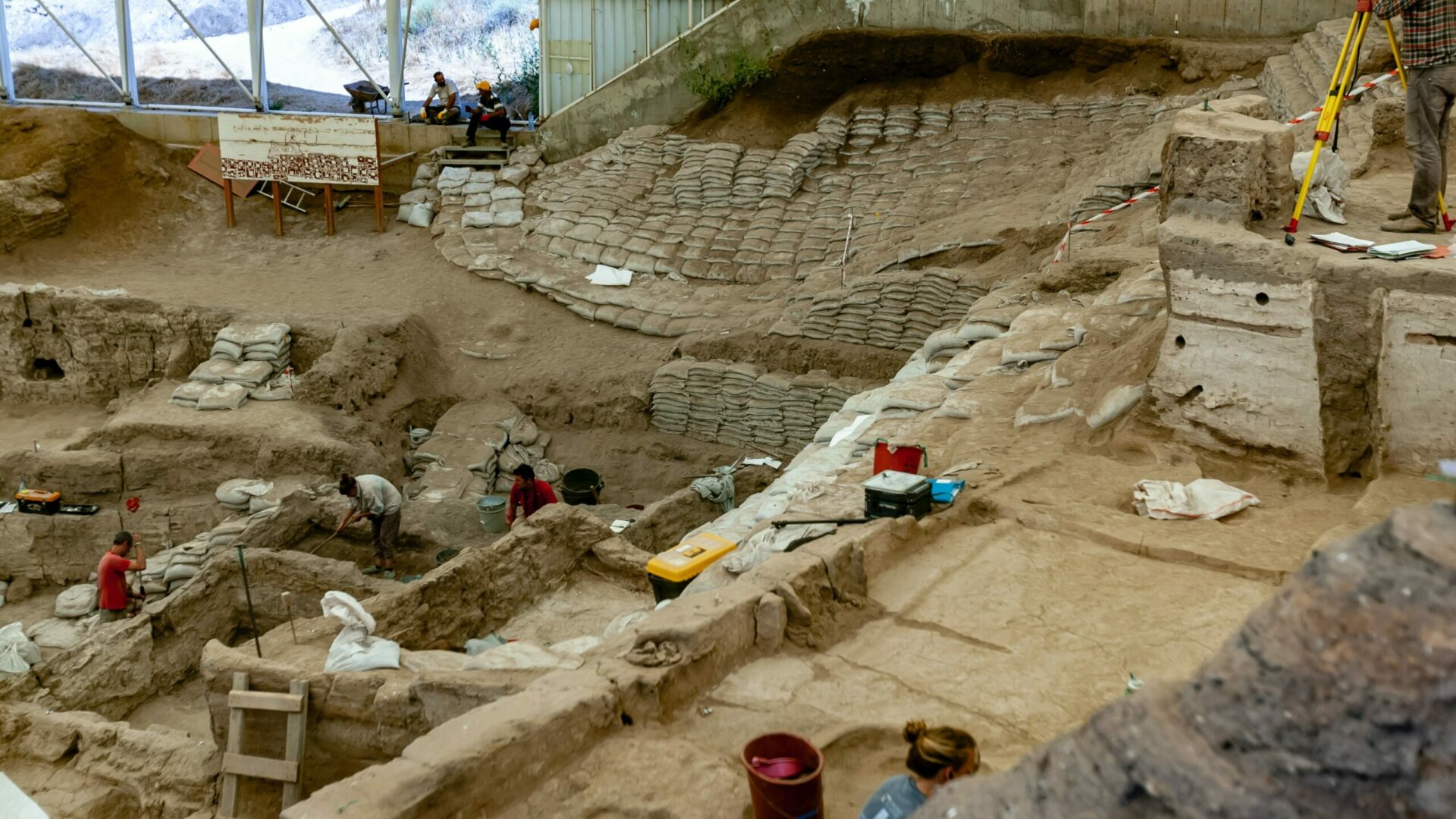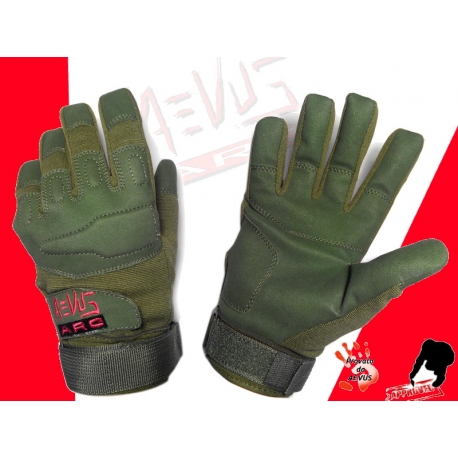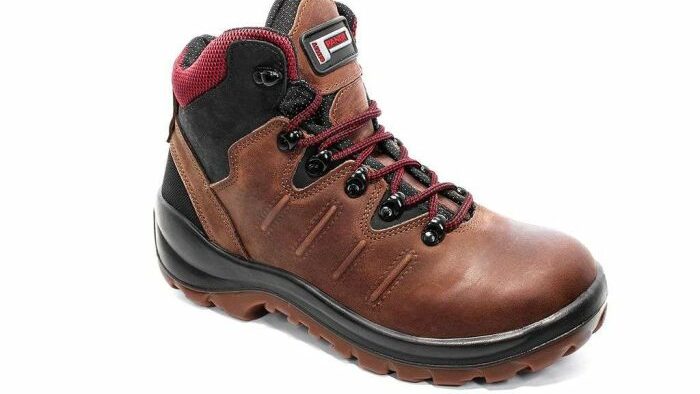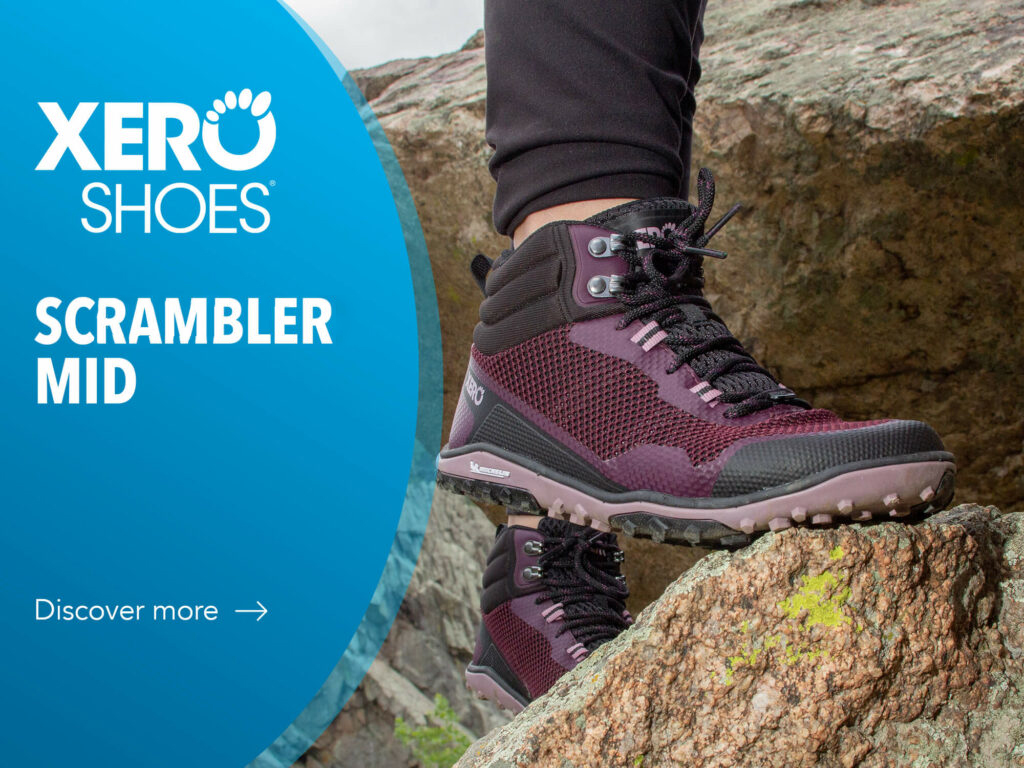When we talk about athletes pushing their own limits, trying their hand at disciplines that test physical and mental endurance, we are somehow assuming an attitude devoted to the future. For an athlete there is only the next goal, the next challenge.
Instead, today we want to turn our gaze to the past. Or, to be more specific, to the present of some professionals who have made history their vocation. And their own work. We are talking about archaeologists, who among stones and earth have brought to light everything we know about our history.
What does it mean to be an archaeologist?
Even if you are not a fan of the genre or a fan of the saga, any of you surely associate the figure of the archaeologist with the iconic features of Indiana Jones. Charismatic, intelligent and adventurous. Who would not want to be at his side to accompany him on one of his many expeditions? And how many, inspired by his films, have chosen to pursue the same career?
Of course, the life of an archaeologist is not like the one transposed to the big screen.But it is no less adventurous and exciting!
We also need to distinguish the different branches of archaeology: Indiana Jones was, yes, an archaeologist, but he was also a university professor. And if on film we can afford to generalize, in everyday life a proper division of the different branches of study is necessary. If only to distinguish Archaeology and Paleontology. Where the former focuses on the study of human history and past civilizations, while the latter deals with animals, plants and related fossils.
But this is not the end of the story. Other differentiations exist among archaeologists as well. Such as colleagues in the underwater-or marine-field, who, as the name suggests, specialize in wrecks and ruins submerged at sea. Or ethno-archaeologists, who compare historical artifacts with present-day cultures to better understand the progress made over the centuries. Today, however, we are going to explore the world of what we might consider “classical” archaeology, which involves excavations and archaeological sites on land, looking for ancient ruins and artifacts.
What is life like at an archaeological site?
Now that we have a better understanding of the different subdivisions of archaeology, let us go on to explore what we are most interested in. Which, as you will see, has a strong correlation with the choice of proper footwear.
What is an archaeological site?
An archaeological site is a defined area where excavations are conducted to find artifacts and tools of ancient civilizations. The area to be excavated is determined by aerial and satellite surveys and by taking into account previous sites in the same area. The work can only start after the geographical analysis. From then on, no unauthorized person can enter the site.
Each archaeologist is normally given a sector of about five meters by five meters in which he or she will conduct his or her research, progressively removing layers of soil and keeping records, both video-photographic and written, of both the characteristics and composition of the earth and everything that will be exhumed.

Photo Credit: Hulki Okan Tabak | Unsplash
The more excavation, therefore, the more specialized machinery and equipment is needed for the safety of the workers. In fact, therefore, an archaeological site ends up not much different from a normal construction site. With heavy machinery, barrier fences and the numerous presence of PPE (personal protective equipment). Of course, we are also talking about shoes.
What are the best shoes for an archaeologist?
The real answer seems to be: not the ones they would like. After years of academic study, no one prepares an archaeologist to face a choice about the best safety shoes to start the first construction site. No other footwear is allowed, though, unfortunately.
As we have seen, an archaeological site involving excavations carries several risks of crushing and injury from infected objects that could transmit diseases such as tetanus. Every professional, therefore, must be equipped with personal protective equipment (PPE) such as a helmet, to protect against accidental falls of earth and other materials, specific gloves, to protect the hands during excavations, goggles, and finally also shoes.

Photo credit: Aevusarc website
How to choose the correct shoes for an archaeological site?
Each excavation is a world unto itself, both in terms of the lay of the land and the duration. And therefore, also in terms of the seasons in which work needs to be done. In addition to the fatigue of the work itself, one has to consider the climate that one is going to face, with even the different weather conditions that will occur.
By law, however, entering a construction site, which includes archaeological excavation areas, is only authorized if a professional has everything needed to work safely with him or her. The choice of footwear, therefore, falls only on safety shoes. Fortunately, for the past few years the selection has expanded to include several models designed specifically for the female foot.
To consider, besides the aesthetics of the shoe itself, which varies from person to person, there are several factors. First and foremost is the safety class of the shoe with its different types of protection. So let’s talk about the mark with the letter “S” (Safety) and a number ranging from one to five. As you can guess, the higher the number, the more protection that comes with the shoe.
For a construction site, the protection grade S3 is sufficient, which specifically summarizes the following protective characteristics:
– Closed heel area
– Anti-static properties
– Energy absorption at the heel
– Dynamic water resistance of the upper (WRU)
– Anti-puncture lamina
– Sole puncture resistance (P)
A perfect product might be Panda Safety’s Monviso: a cute and functional shoe, equipped with another very important feature: it’s really comfortable!

Photo credit: Panda safety website
Because being an archaeologist is not just a passion. In the hot sun or in the rain, at least let’s make sure your feet don’t hurt!
You may also be interested in the following articles:

Fast & Light: the new challenge of the mountaineering world
With Nadir Maguet, let’s discover the Fast & Light spirit for speeding over mountain passes.

“Working is not dying,” here’s why the safety footwear market is growing
Still so many deaths at work, but perhaps something is changing if the safety footwear market is expected to grow 7.4 percent per year internationally, driven particularly by the U.S., China and Asia-Pacific.

Work & safety thinks female
In the world of personal safety equipment, women have almost always been overlooked. Few products designed specifically for the world of female workers. But that is changing.













































